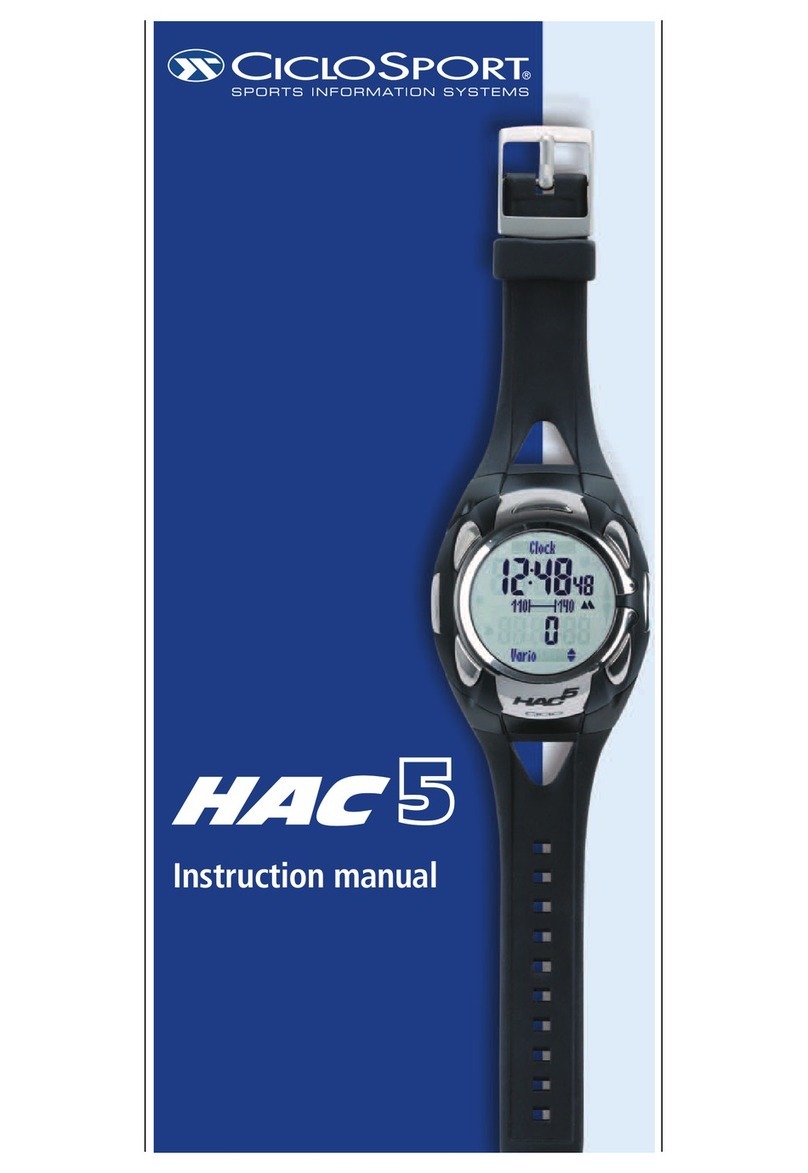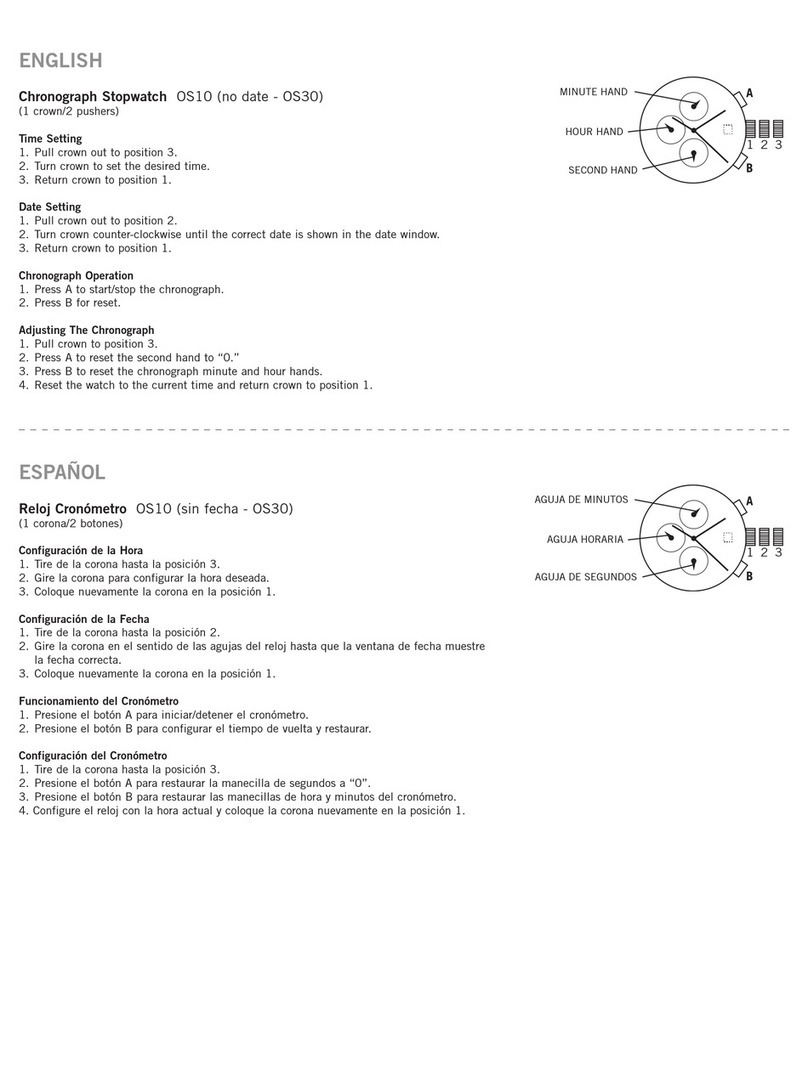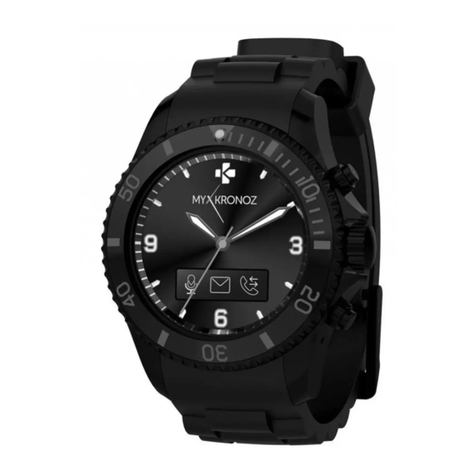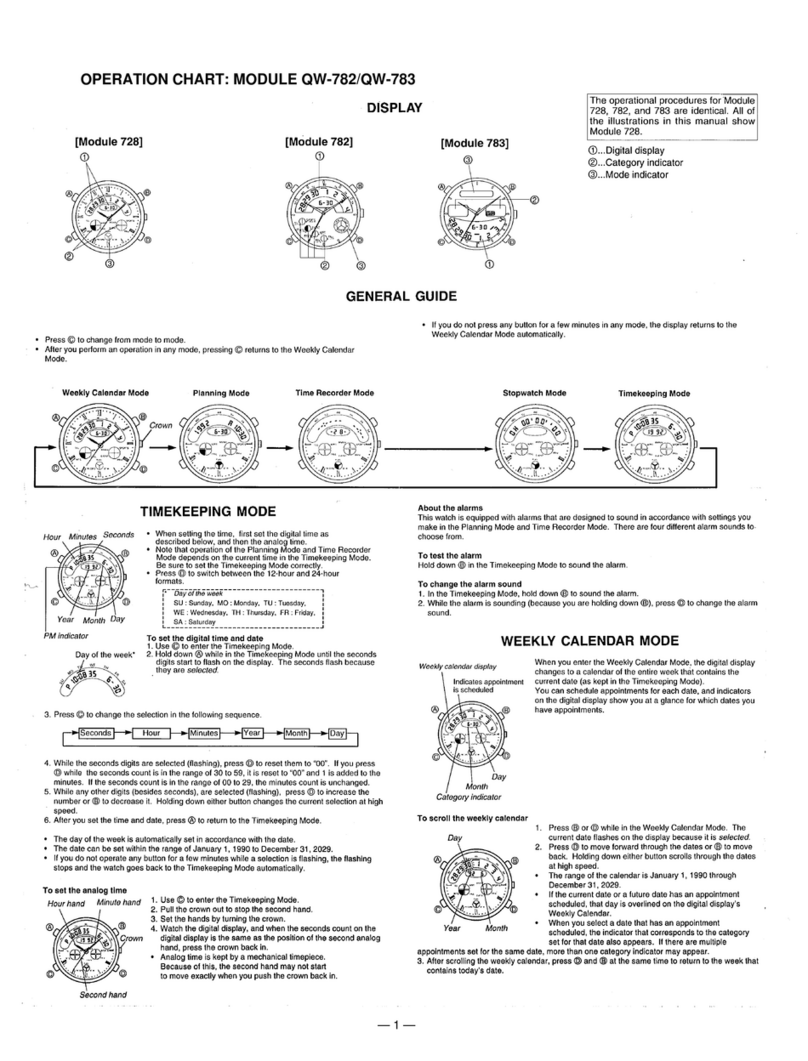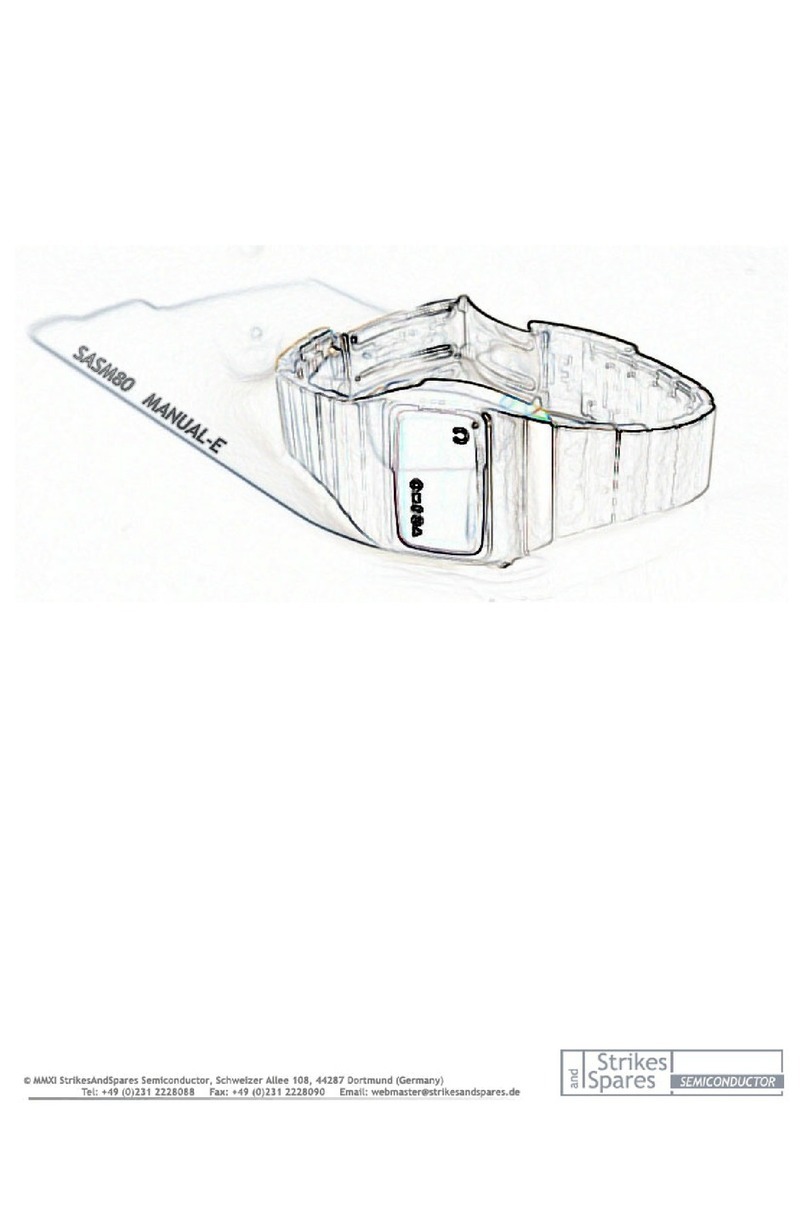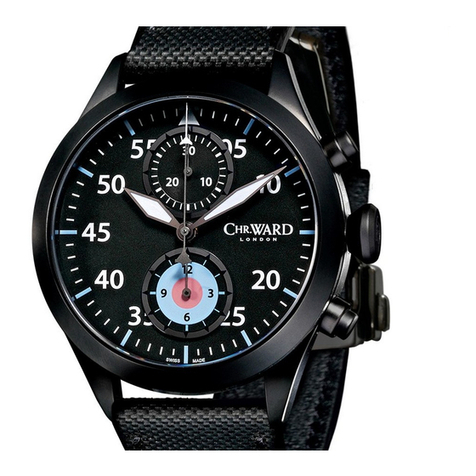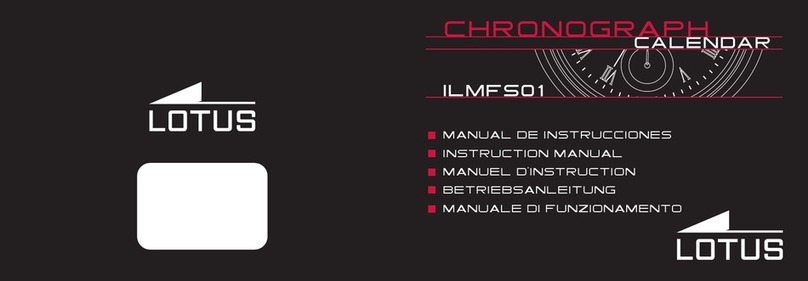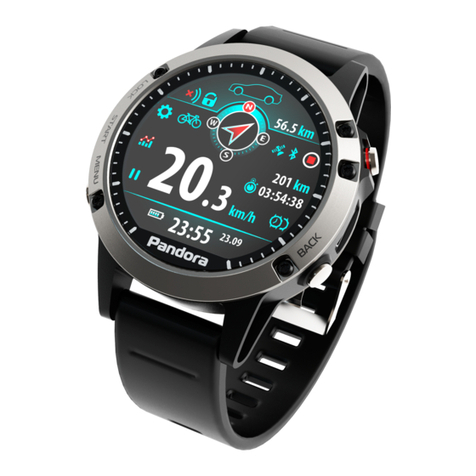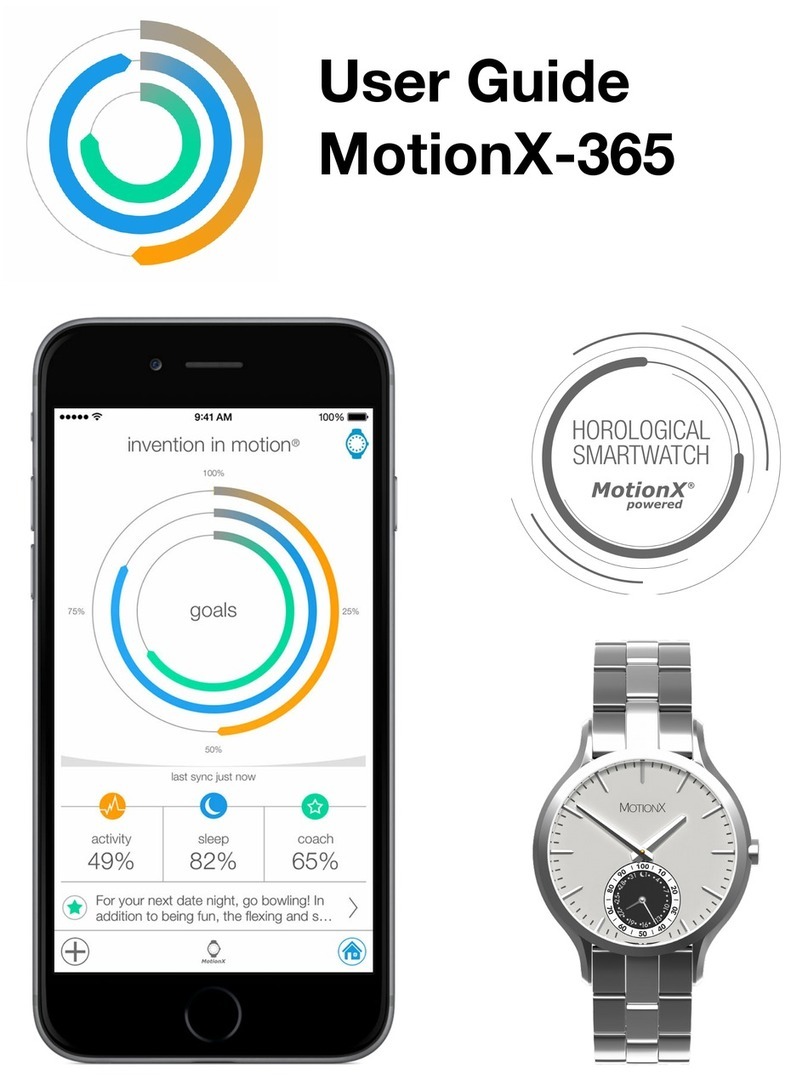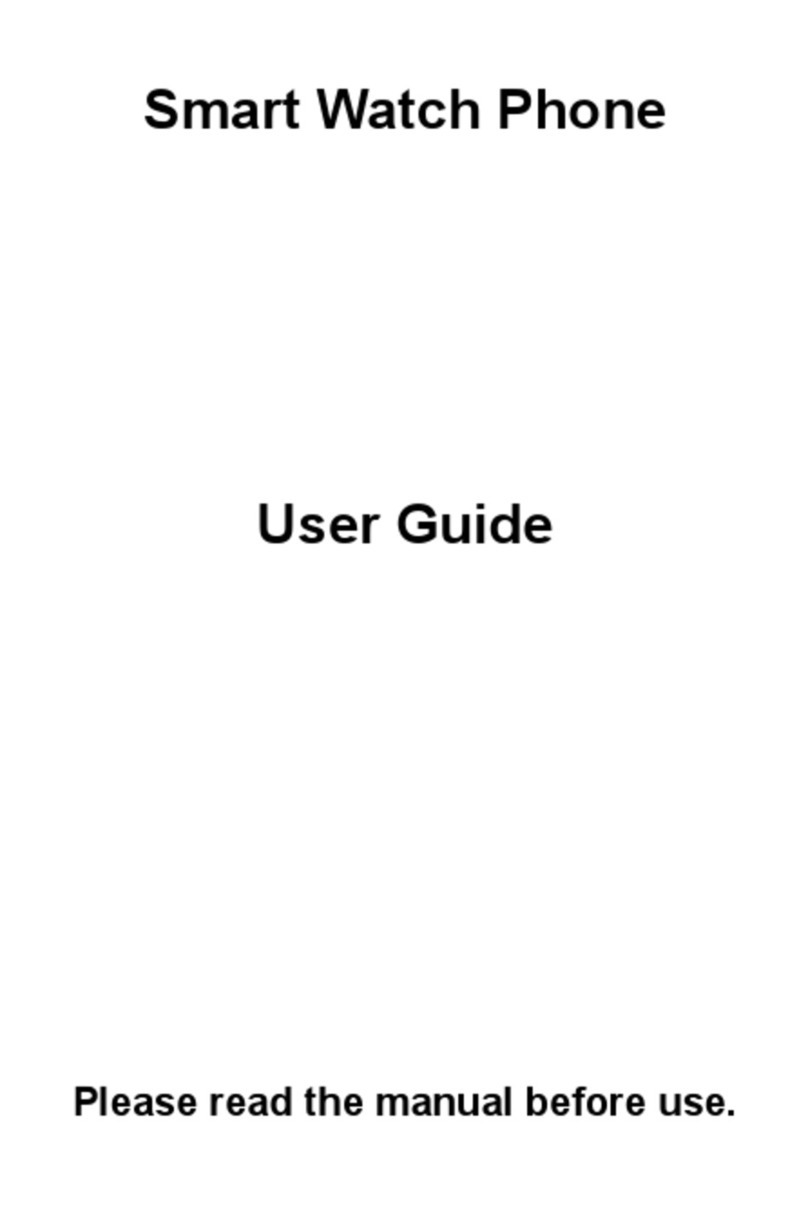CICLOSPORT CCHAC 4 User manual

30
5. task management . . . . . . . . . . . . . . . . . . . . . . . . . . . . . . 38
5.1 upper display indications . . . . . . . . . . . . . . . . . . . . . 38
speed . . . . . . . . . . . . . . . . . . . . . . . . . . . . . . . . . . . . 39
average speed . . . . . . . . . . . . . . . . . . . . . . . . . . . . . 39
maximum speed . . . . . . . . . . . . . . . . . . . . . . . . . . . 39
actual pulse . . . . . . . . . . . . . . . . . . . . . . . . . . . . . . . 39
average pulse . . . . . . . . . . . . . . . . . . . . . . . . . . . . . . 39
maximum pulse . . . . . . . . . . . . . . . . . . . . . . . . . . . . 39
recuperating pulse . . . . . . . . . . . . . . . . . . . . . . . . . . 40
actual ascents / descents . . . . . . . . . . . . . . . . . . . . 40
average ascents . . . . . . . . . . . . . . . . . . . . . . . . . . . . 40
average decents . . . . . . . . . . . . . . . . . . . . . . . . . . . 40
maximum ascent . . . . . . . . . . . . . . . . . . . . . . . . . . . 40
maximum descent . . . . . . . . . . . . . . . . . . . . . . . . . . 40
actual gain or loss in altitude . . . . . . . . . . . . . . . . . . 40
average gain in altitude . . . . . . . . . . . . . . . . . . . . . . 41
average loss in altitude . . . . . . . . . . . . . . . . . . . . . . . 41
maximum gain in altitude . . . . . . . . . . . . . . . . . . . . . 41
maximum loss in altitude . . . . . . . . . . . . . . . . . . . . . 41
amount of ascents . . . . . . . . . . . . . . . . . . . . . . . . . . 41
amount of descents . . . . . . . . . . . . . . . . . . . . . . . . . 41
temperature . . . . . . . . . . . . . . . . . . . . . . . . . . . . . . . 41
minimum temperature . . . . . . . . . . . . . . . . . . . . . . . 41
maximum temperature . . . . . . . . . . . . . . . . . . . . . . . 42
5.2 lower display indications . . . . . . . . . . . . . . . . . . . . . 42
time . . . . . . . . . . . . . . . . . . . . . . . . . . . . . . . . . . . . 42
date . . . . . . . . . . . . . . . . . . . . . . . . . . . . . . . . . . . . 42
year . . . . . . . . . . . . . . . . . . . . . . . . . . . . . . . . . . . . 42
stop-watch . . . . . . . . . . . . . . . . . . . . . . . . . . . . . . . 42
intermediate time . . . . . . . . . . . . . . . . . . . . . . . . . . . 42
course time . . . . . . . . . . . . . . . . . . . . . . . . . . . . . . . 42
countdown . . . . . . . . . . . . . . . . . . . . . . . . . . . . . . . . 42
comparison . . . . . . . . . . . . . . . . . . . . . . . . . . . . . . . 43
choosing a comparable tour . . . . . . . . . . . . . . . . . . 43
daily travel time . . . . . . . . . . . . . . . . . . . . . . . . . . . . 43
total travel time . . . . . . . . . . . . . . . . . . . . . . . . . . . . . 43
actual altitude . . . . . . . . . . . . . . . . . . . . . . . . . . . . . . 43
TABLE OF CONTENTS PAGE
Contents . . . . . . . . . . . . . . . . . . . . . . . . . . . . . . . . . . . 31
1. General Information . . . . . . . . . . . . . . . . . . . . . . . . . . . . 32
2. Operation . . . . . . . . . . . . . . . . . . . . . . . . . . . . . . . . . . . . 32
2.1 Starting the CC HAC 4 . . . . . . . . . . . . . . . . . . . . . . . 32
2.2 Putting on the breast belt . . . . . . . . . . . . . . . . . . . . . 32
2.3 Attaching the handle-bar holder . . . . . . . . . . . . . . . . 33
2.4 Attaching the CC HAC 4 to the handle-bar holder . . 33
3. Using the touch-keys . . . . . . . . . . . . . . . . . . . . . . . . . . . 33
4. Basic setting . . . . . . . . . . . . . . . . . . . . . . . . . . . . . . . . . . 34
4.1 setting mode 1 . . . . . . . . . . . . . . . . . . . . . . . . . . . . . 34
wheel circumferance measurement . . . . . . . . . . . . . 34
weight . . . . . . . . . . . . . . . . . . . . . . . . . . . . . . . . . . . 35
primary setting for altitude measurement . . . . . . . . . 35
maximum pulse 1 . . . . . . . . . . . . . . . . . . . . . . . . . . 35
minimum pulse 1 . . . . . . . . . . . . . . . . . . . . . . . . . . . 35
maximum pulse 2 . . . . . . . . . . . . . . . . . . . . . . . . . . 35
minimum pulse 2 . . . . . . . . . . . . . . . . . . . . . . . . . . . 35
Countdown 1 . . . . . . . . . . . . . . . . . . . . . . . . . . . . . . 36
Countdown 2 . . . . . . . . . . . . . . . . . . . . . . . . . . . . . . 36
Cadence . . . . . . . . . . . . . . . . . . . . . . . . . . . . . . . . . 36
Total measurements reduction . . . . . . . . . . . . . . . . . 36
PC-transmission mode . . . . . . . . . . . . . . . . . . . . . . 36
4.2 setting mode 2 . . . . . . . . . . . . . . . . . . . . . . . . . . . . . 36
setting and / or re-adjusting actual altitude . . . . . . . 36
pulse alarm on / pulse alarm off . . . . . . . . . . . . . . . . 36
pulse limit 1 / pulse limit 2 . . . . . . . . . . . . . . . . . . . . 37
pulse time manager on / pulse time manager off . . . 37
time setting . . . . . . . . . . . . . . . . . . . . . . . . . . . . . . . 37
month setting . . . . . . . . . . . . . . . . . . . . . . . . . . . . . . 37
day setting . . . . . . . . . . . . . . . . . . . . . . . . . . . . . . . . 37
year setting . . . . . . . . . . . . . . . . . . . . . . . . . . . . . . . 37
alarm on / alarm off . . . . . . . . . . . . . . . . . . . . . . . . . 37
wake-up time setting . . . . . . . . . . . . . . . . . . . . . . . . 37
daily kilometers setting . . . . . . . . . . . . . . . . . . . . . . . 37
mode skier on / mode skier off . . . . . . . . . . . . . . . . 38
2 HAC 4 englisch 07.12.2000 13:29 Uhr Seite 2

watch
with
wristband
31
Transmitter belt
Breast belt
CONTENTS:
Transmitter
Spoke
magnet
Cable ties
Handle-bar bracket
with integrated receiver
➤
lock-
button
Rubber shims
(not shown)
➤
marking
daily altitude increasing . . . . . . . . . . . . . . . . . . . . . . 43
daily altitude decreasing . . . . . . . . . . . . . . . . . . . . . . 44
total altitude increasing . . . . . . . . . . . . . . . . . . . . . . 44
total altitude decreasing . . . . . . . . . . . . . . . . . . . . . . 44
maximum altitude . . . . . . . . . . . . . . . . . . . . . . . . . . . 44
actual pulse . . . . . . . . . . . . . . . . . . . . . . . . . . . . . . . 44
training time below the set minimum pulse . . . . . . . 44
training time within the set pulse limits . . . . . . . . . . 44
training time above the set maximum pulse limit . . . 44
actual output . . . . . . . . . . . . . . . . . . . . . . . . . . . . . . 44
average output . . . . . . . . . . . . . . . . . . . . . . . . . . . . . 45
maximum output . . . . . . . . . . . . . . . . . . . . . . . . . . . 45
daily amount of kilometers travelled . . . . . . . . . . . . . 45
total amount of kilometers travelled . . . . . . . . . . . . . 45
5.3 general functions . . . . . . . . . . . . . . . . . . . . . . . . . . . 45
automatic on / off . . . . . . . . . . . . . . . . . . . . . . . . . . . 45
light . . . . . . . . . . . . . . . . . . . . . . . . . . . . . . . . . . . . 45
alarm . . . . . . . . . . . . . . . . . . . . . . . . . . . . . . . . . . . . 45
pulse graphics . . . . . . . . . . . . . . . . . . . . . . . . . . . . . 46
pulse warning alarm . . . . . . . . . . . . . . . . . . . . . . . . . 46
6. Special functions . . . . . . . . . . . . . . . . . . . . . . . . . . . . . . 46
6.1 information storage function . . . . . . . . . . . . . . . . . . . 46
6.2 pulse-time-manager (PTM) . . . . . . . . . . . . . . . . . . . 46
6.3 recuperating pulse . . . . . . . . . . . . . . . . . . . . . . . . . . 47
6.4 time / distance comparison . . . . . . . . . . . . . . . . . . . 47
6.5 pulse-limit-time-storage . . . . . . . . . . . . . . . . . . . . . . 48
6.6 Markierungen setzen . . . . . . . . . . . . . . . . . . . . . . . . 48
6.7 the pulse measuring points during training . . . . . . . . 48
7. changing the battery . . . . . . . . . . . . . . . . . . . . . . . . . . . . 49
8. care and maintenance . . . . . . . . . . . . . . . . . . . . . . . . . . 50
9. elimination of malfunctions . . . . . . . . . . . . . . . . . . . . . . . 50
10. guarantee conditions . . . . . . . . . . . . . . . . . . . . . . . . . . . 51
11. guarantee certificate . . . . . . . . . . . . . . . . . . . . . . . . . . . . 52
12. tecnical specifications . . . . . . . . . . . . . . . . . . . . . . . . . . . 52
13. table of contents in alphabetical order . . . . . . . . . . . . . . 52
14. display-symbols and their meaning . . . . . . . . . . . . . . . . 54
2 HAC 4 englisch 07.12.2000 13:29 Uhr Seite 3

1. GENERAL INFORMATION
The is a multi-functional device which unifies a heart
rate monitor, an altimeter, and a wireless cycling computer in
one. That is why it is the ideal device for monitoring training.
It has a 2-part display so that the functions shown on the upper
display can be combined with those shown on the lower
display.
Furthermore, the offers 3 pulse settings on the
display so that the pulse can be shown with every other
function.
The also has a storage function which offers the
possibility to compare tours (evaluation is possible with any
PC equipped with at least Windows 95, 98 and NT with the
accessory unit HACtronic).
The is water-proof when swimming or showering.
However, it is not suitable for deep-sea diving.
Persons who wear a cardiac pacemaker should contact
their physician before using this device to measure their
pulse!
2. OPERATION
Basically, the following applies:
- Pulse measurement is only possible when the breast belt is
properly put on and the is not farther away from
the breast belt transmitter than 60 cm.
- In order to be used as a cycling computer, the transmitter
must be properly attached and the must be
properly attached to the accompanying handle-bar holder
which holds the receiver for the wireless transmitter.
2.1 Starting the
When you purchase your all parts are already
supplied with batteries. The itself is set in the econo-
my mode. This means that no information is displayed. By
means of pushing one of the two left keys ( top left or bottom
left) the is ready to be operated in approx.
10 seconds (“0/min“ will appear in the upper part of the display,
“8:00“ will apear in the lower part of the display).
2.2 Putting on the breast belt
Hang the transmitter band in the
elastic breast belt and then put the
breast belt around your (naked)
upper torso. The transmitter (plastic
part with inscription)should be
placed above the the middle of your
upper stomach region, slightly
below the breast and the inscription on the transmitter (when
seen from the front) must be legible (pictured).
Pull the belt tight so that it always is in contact with your body
when moving and so that it can not slip. If the breast belt is not
long enough, a longer breast belt can be acquired from your
local bicycle dealer.
If your skin is too cold or too dry, the electrical contact between
the skin and the electrodes can be so minimal that an accurate
measurement is not possible. It often helps to wet the electro-
des and the skin where they are to be attached with your finger
(do not wet the transmitter but only the rubber parts on the left
and on the right). If this doesn’t help, one should train until they
start sweating. You will get the best contact by means of a
special electrode-gel (available at your local pharmacy).
32
2 HAC 4 englisch 07.12.2000 13:29 Uhr Seite 4

2.3 Attaching the handle-bar holder
Put the holder where you would like to
attach it on the handle-bars so that the
lock button of the holder points towards
the saddle.
If necessary, put the plastic bands underneath the holder.
Carefully screw the handle-bar holder tight.
Attach the transmitter by using the
plastic bands and the cable-ties to the
front side of the right shaft or the back
side of the link shaft (the flat side of
the transmitter must face towards the
inside) no further than 60 cm away from the computer. Do not
yet pull the cable-ties tight. Make sure that the transmitter’s
battery cap is facing up and that the transmitter and computer
are both attached to the same side of the bicycle.
Attach the magnet to the spokes
directly across from the transmitter so
that the marking on the magnet point
directly to the flat side of the
transmitter. Be careful not to overwind
the screw for attaching the magnet.
Turn the transmitter so that the distance between the
transmitter and the magnet is not more than 2 mm.
2.4 Attaching the to the handle-bar holder
(the must be attached to the holder in order to be
used as a computer)
Detach the armband from the and pull it out carefully.
The two pins which held the
to the armband are to be used to hold
the to the handle-bar holder.
First, the holder is put up against the
upper edge of the in the
upper indentation (see picture). Then the
lower holder on the is to be
put in the indentation, while pushing the
lock button simultaneously, of the
handle-bar holder and clicked into
place. To check if the the has been attached
correctly, please turn the wheel a couple of times to see if the
computer receives a signal.
Last, but not least, pull the cable-ties tight and cut off what is
too long.
To remove the from the handle-bar holder, push the
lock button and take the out from the bottom to the
top and attach it to the armband.
3. USING THE TOUCH KEYS
The display is divided into two parts: an upper part
and a lower part. One function is shown in each area, so that
two functions can be read simultaneously. This way the possible
functions on the displays can be combined as desired.
The two upper keys are for the functions in the upper
display, the two lower keys are for the functions in the
two lower displays.
The following applies: The right key calls up main functions, the
left key calls up the accompanying sub-functions.
33
max. 2 mm
➤
lock
button
2 HAC 4 englisch 07.12.2000 13:29 Uhr Seite 5

The keys are abbreviated as follows
in the operating instructions:
Upper right key: UR-key
Lower right key: LR-key
Upper left key: UL-key
(this key can be used to increase
factors = Plus-Key)
Lower Left Key: LL-Key
(this key can used to decrease
factors = Minus-Key)
Light button:
To turn the light on, press the light button at least 3 seconds
(on the right side of the ). The light goes out auto-
matically after 3 seconds.
Exception: The functions „stop-watch“ and „countdown“ can
be started, stopped, or taken down to 0 by pressing the light-
button. A signal will tone every time a key is pressed and also
when the light button is pressed.
4. BASIC SETTINGS
The has two setting modes (these will be called
mode 1 and mode 2 in the following instructions). To go to
mode 1, press the UR-key for 4 seconds. To go to mode 2,
press the LR-key for 4 seconds. In order to end a mode, press
either the UR- or LR-key again for 4 seconds.
The following applies to both modes:
- By pressing the respective key (mode 1: UR; mode 2: LR)
one can go from one setting to the next setting.
- The UL-key and the LL-key change the settings (the UL-key
increases, the LL-key decreases) and shifts or switches off.
If the UL-key of LL-key is pressed longer than 1 second, the
setting which is goes faster.
- Blinking symbol: A blinking symbol in the setting mode means
“function off“, a solid symbol in the setting mode means
“function on“.
4.1 setting mode 1
Press the UR-key for 2 seconds:
Wheel circumferance
Can be set with the OL- or UL-key.
Start-setting = 2080 mm
Setting range minimum = 500 mm
Setting range maximum = 3000 mm
Tire-size Circumferance (mm)
26 x 1.75 2050
26 x 2.0 2080
26 x 1.25 2030
650 x 20C 1950
700 x 20C 2070
700 x 25C 2090
700 x 38 2170
Measuring the
circumferance of the tire
(for exact setting) Place a
marking on the front tire and on
the ground (e.g.with chalk).
Ride exactly one turn of wheel
straight ahead (check tire pressure before riding for exact
34
▲
▲
R
U
▲
▲
The circumferance
of the tire can be
taken from the
following chart or
be measured:
UR-
key
UL-
key
LR-
key
LL-
key
Light-button
2 HAC 4 englisch 07.12.2000 13:29 Uhr Seite 6
Table of contents
Other CICLOSPORT Watch manuals
Popular Watch manuals by other brands
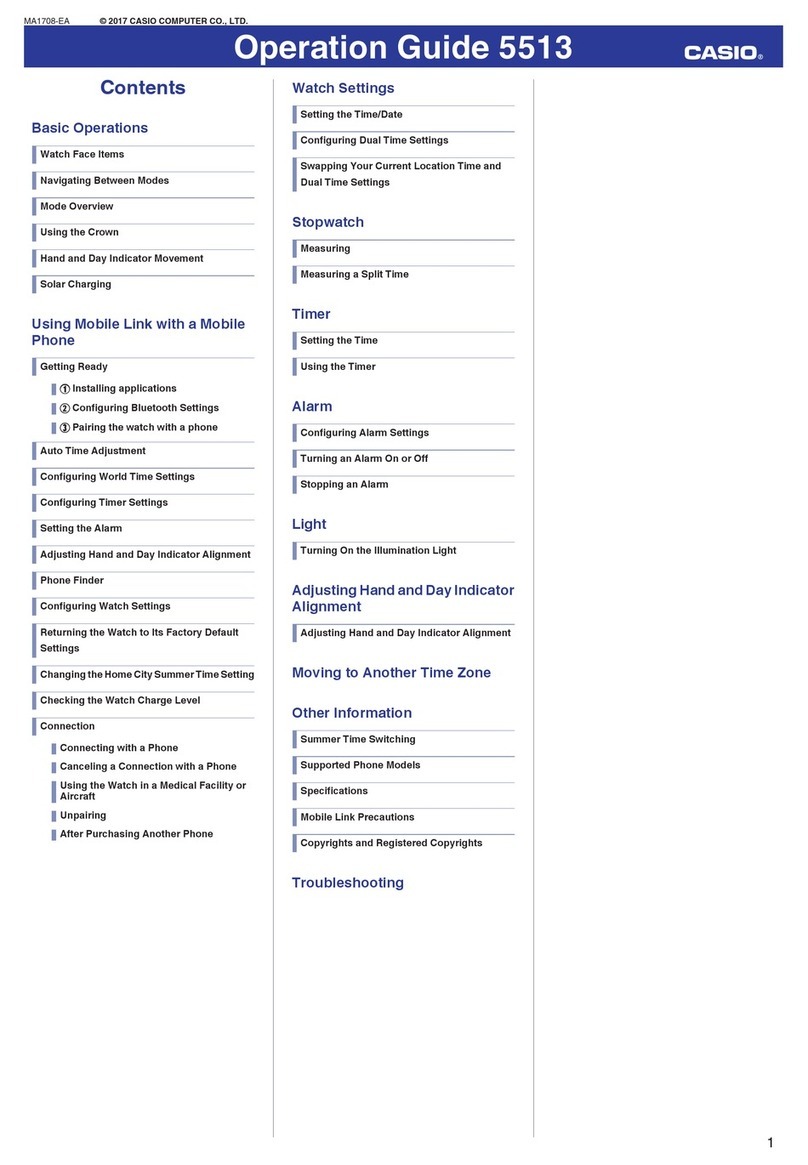
Casio
Casio QW 5513 Operation guide

Piaget
Piaget 560P Instructions for use
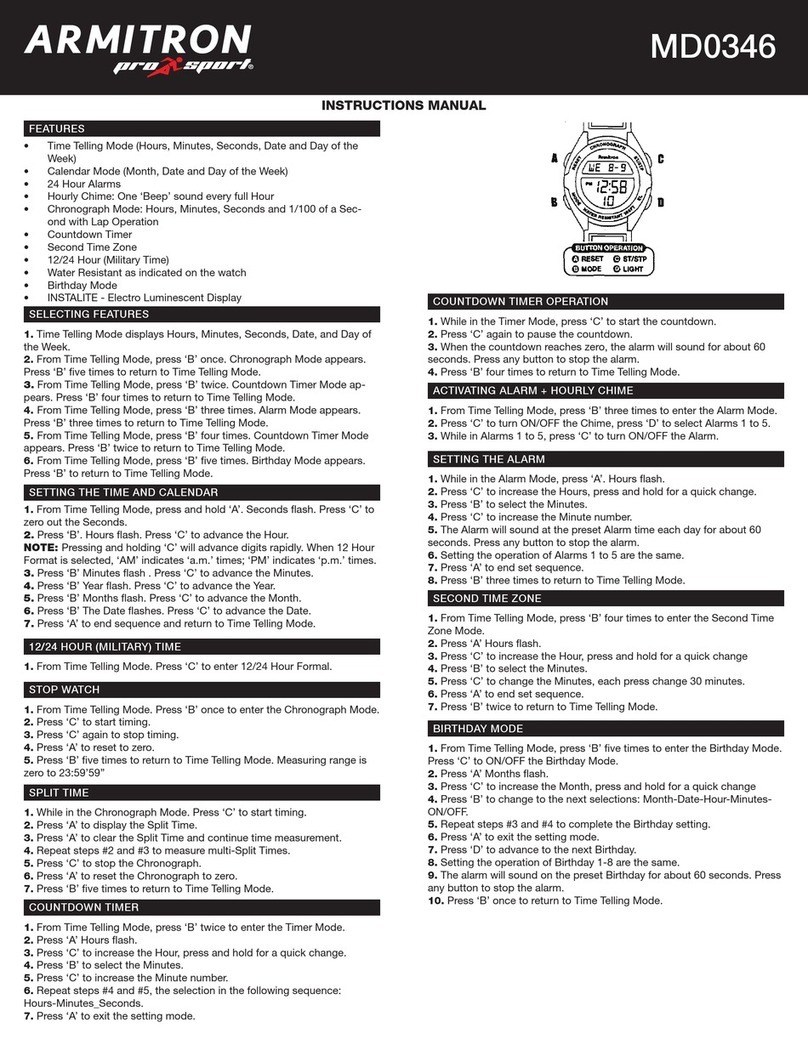
Armitron
Armitron pro sport MD0346 instruction manual

West Marine
West Marine BlackTip 13411293 Instruction Booklet and Care Guide
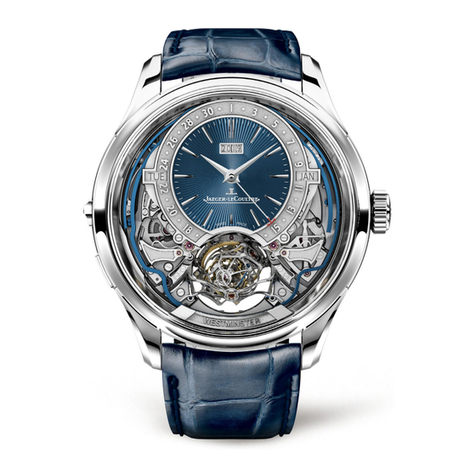
Jaeger-leCoultre
Jaeger-leCoultre HYBRIS MECHANICA CALIBRE 184 manual
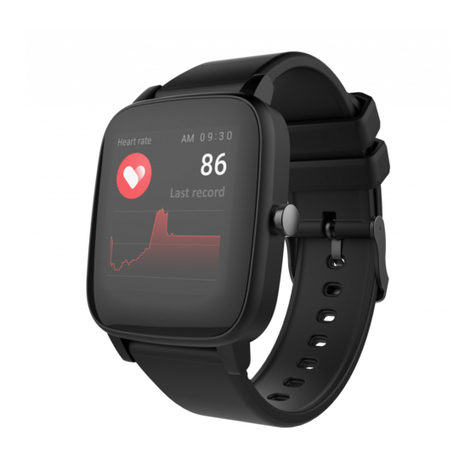
FOREVER
FOREVER iGO PRO JW-200 user manual
